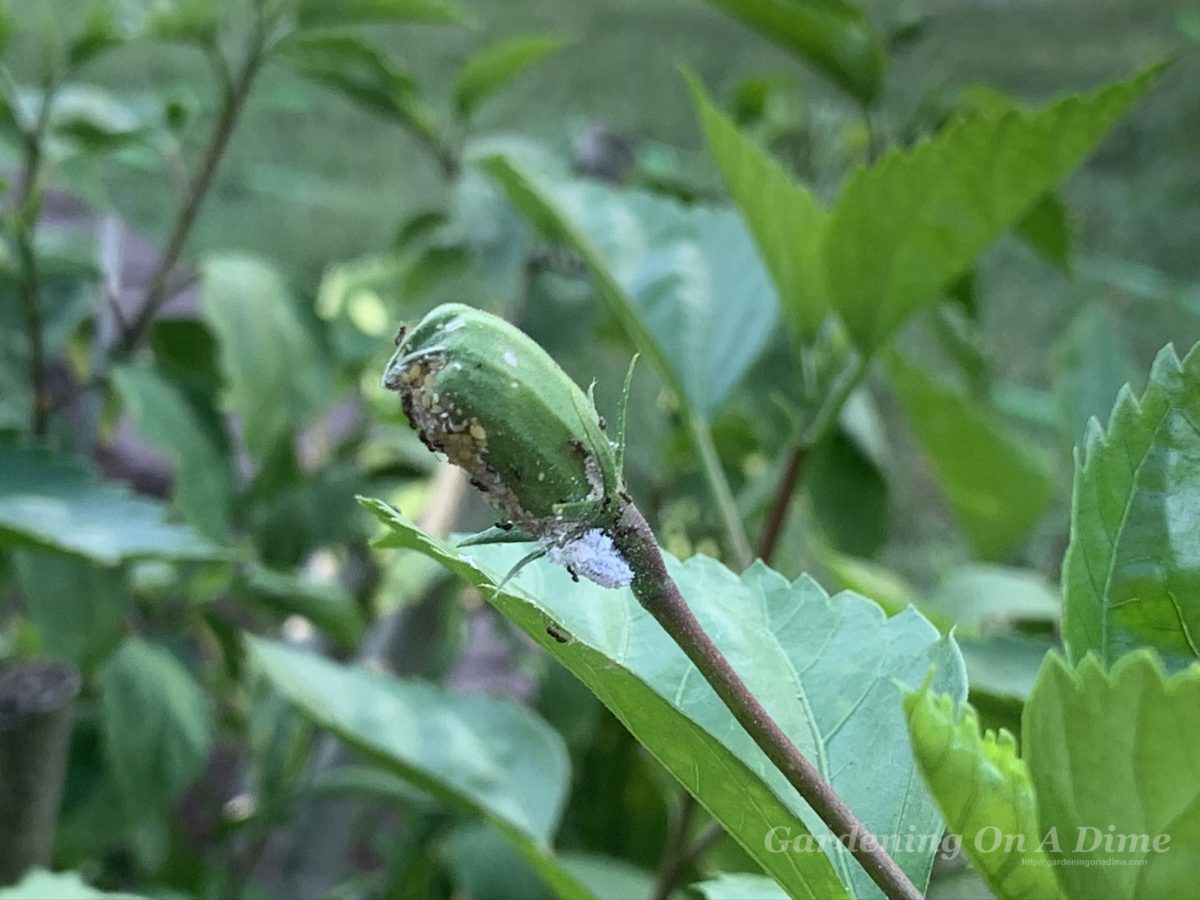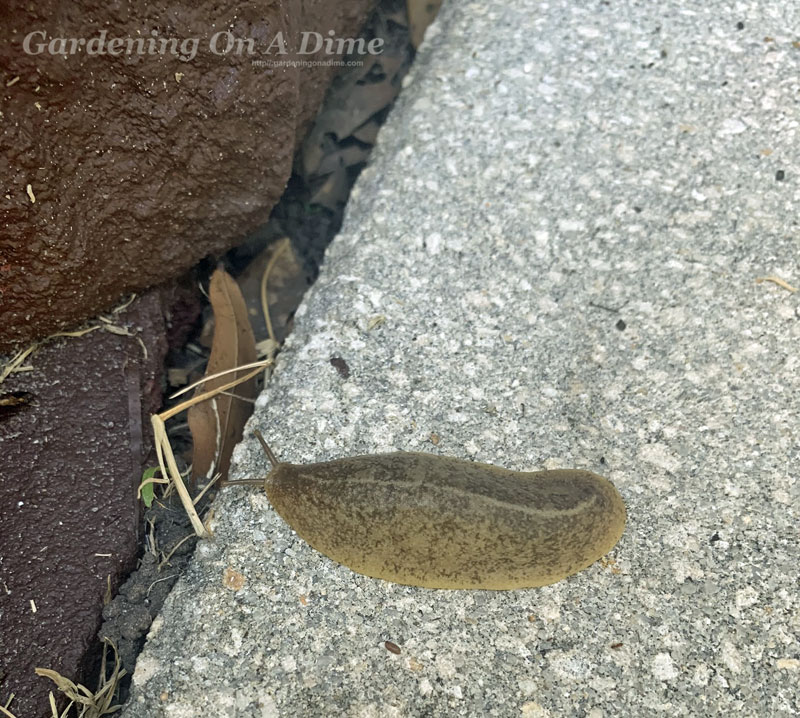For gardeners, there’s nothing quite like springtime. The weather warms up and the snow and ice melt, making it clear that it’s planting season. Whether you prefer flowers or vegetables, or even existing plants over seeds, this is the best time of the year. The only problem is that insects feel the same way.
It’s disheartening to look over your garden and see pest damage on your seedlings and grown plants. Hungry caterpillars and beetles leave behind evidence that they found your newly planted crops to be quite tasty. Even worse, some of them may end up inside your home looking for additional meals. Here are some of the most common pests that you might encounter outdoors and indoors.
Garden Invaders
Holes in leaves, discolored stems, and deformed seedlings are all signs that pests have been feeding on your plants. There are plenty of common insects that invade a garden, some of which lay eggs that overwinter in the ground then reemerge in the spring when you disturb the soil. Watch for signs of these ones in your yard:
- Aphids – Hard to see with the naked eye, aphids are tiny red or black insects. However, they leave an obvious trail of destruction on seedlings, sucking the sap out of the plants to the point that leaves end up deformed.
- Cabbage Worm – Despite its name, the one-inch long green cabbage worm goes after more than just a single type of leafy green vegetable. It’s the larval stage of the cabbage white butterfly, and it lives on the underside of kale and cauliflower plants, among others. The worm feeds on the vegetable’s flowers, as well as its leaves.
- Cutworm Caterpillars – Another small worm-like pest, the cutworm caterpillar is tan in color and around an inch in length. They prefer to chew on the stems of plants, either below ground or slightly above it, but they will also go after flower buds.
- Earwigs – Reddish-brown insects with distinctive pinchers on their heads, earwigs cause a lot of damage to seedlings. The pests chew holes in leaves, but often destroy entire leaves and stems altogether, essentially killing the immature plants before they have a chance to grow.
- Flea Beetles – Named after its habit of jumping from one plant to another, the flea beetle is shiny, black, and around one-eighth of an inch long. Small leaf holes, usually with distinct white edges, show that this beetle has been nibbling on seedlings.
- Slugs – Unusually-shaped leaf damage is one sign that slugs are in the garden. Clear slime trails are another. These pale-colored, slow-moving pests can be up to two inches long and like to wander around at night in search of food. Although they go after leaves, some slugs will also eat fruit, such as strawberries.
- Spinach Leaf Miner – During the late spring months of April and May, the spinach leaf miner fly hatches, only to lay its eggs on beet, spinach, and chard leaves. The eggs are white, round, and about one millimeter long. The damage left behind by the maggots, once they hatch, is easier to see, since the miners feed on the interior portions of each leaf.
- Spider Mites – Look for these tiny, orange-yellow arachnids on the backs of leaves. They may be tricky to spot, with only their clear, whitish eggs or webbing visible. Spider mites like vegetable and fruit crops, such as cucumbers, tomatoes, and strawberries, as they eat sap from the stems and leaves, making a stippled pattern.
- Striped Cucumber Beetles – The striped cucumber beetle, named for its black striped red body, emerges as a fully-grown adult in the springtime. These pests eat the pollen, stems, and leaves of flowers before heading over to cucumbers and squash plants, where they lay eggs near the roots.
When Spring Insects Sneak Indoors
Not only do pests damage plants, but some can end up inside of your home. These annoying insects take up residence in any indoor plants and find food in your kitchen. There are myriad ways for them to get in. Once you notice evidence of invading pests, like these two, for example, it’s time to call in the experts.
Ants – With their segmented bodies and visible antennae, ants are noticeable in your home. Often found in kitchens and pantries, these insects wander in looking for food. Although ants don’t eat seedlings, they can build nests around the roots of any potted plants, damaging their root systems.
- Flies – Although several different types of flies may end up in your home, what you really need to look out for are fungus gnats. These small flies love moist soil and will damage potted plant roots in your home. Drooping stems and discolored leaves are signs that you may have a fungus gnat problem.
Summary
Insects enjoy your garden, as well as the literal fruits of your labor, as much as you. Neem oil and diatomaceous earth are two all-natural methods of removing outdoor pests. On the other hand, indoor pests are a bit trickier to deal with, since their entry points are so small. Reaching out to an expert pest service company is the best way to ensure that they are no longer in your home.
For more information on pests, diseases and all sorts of nasty things that can invade your garden visit Global Garden for their article titled: The Pest and Pathogens Glossary

